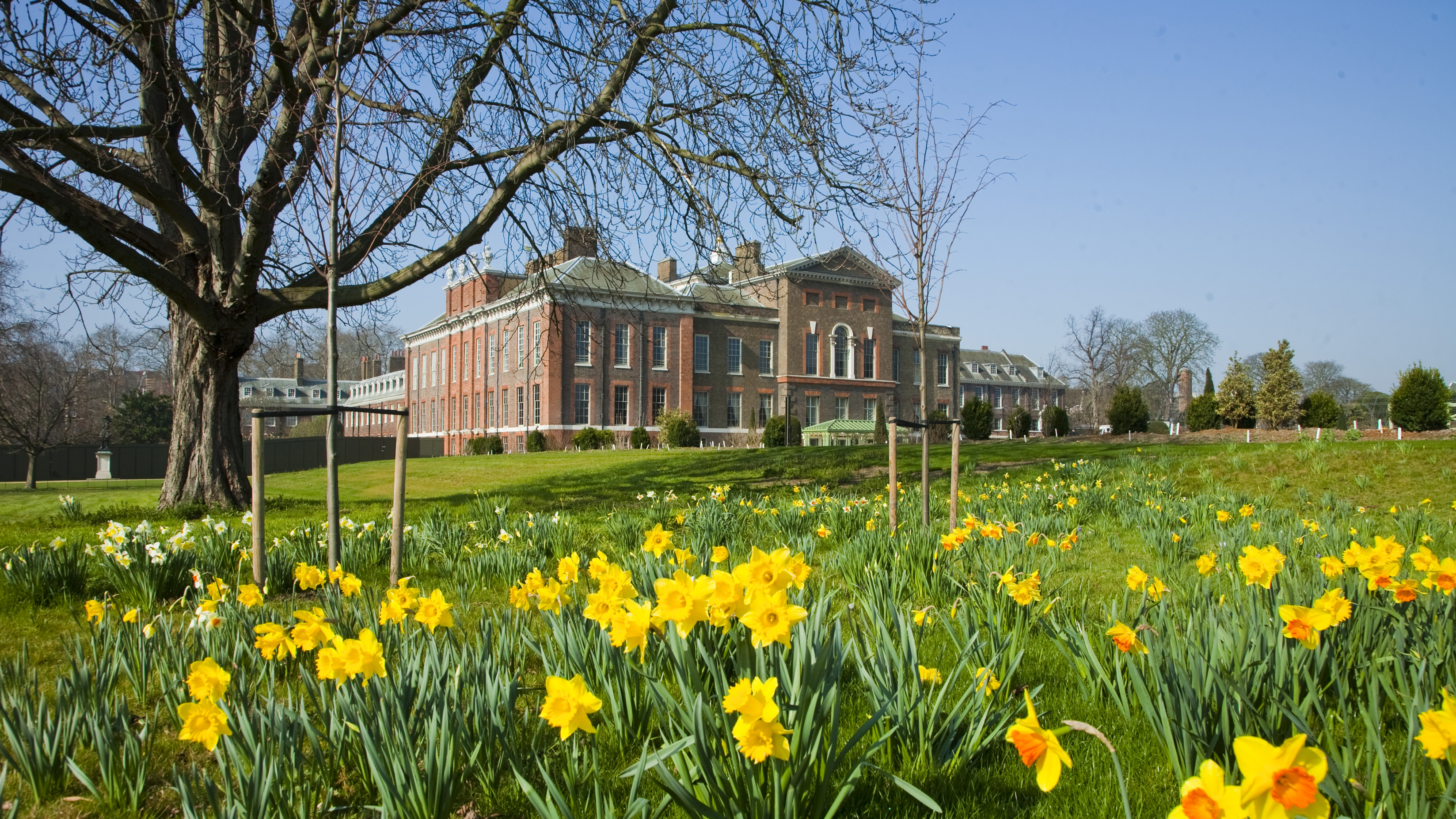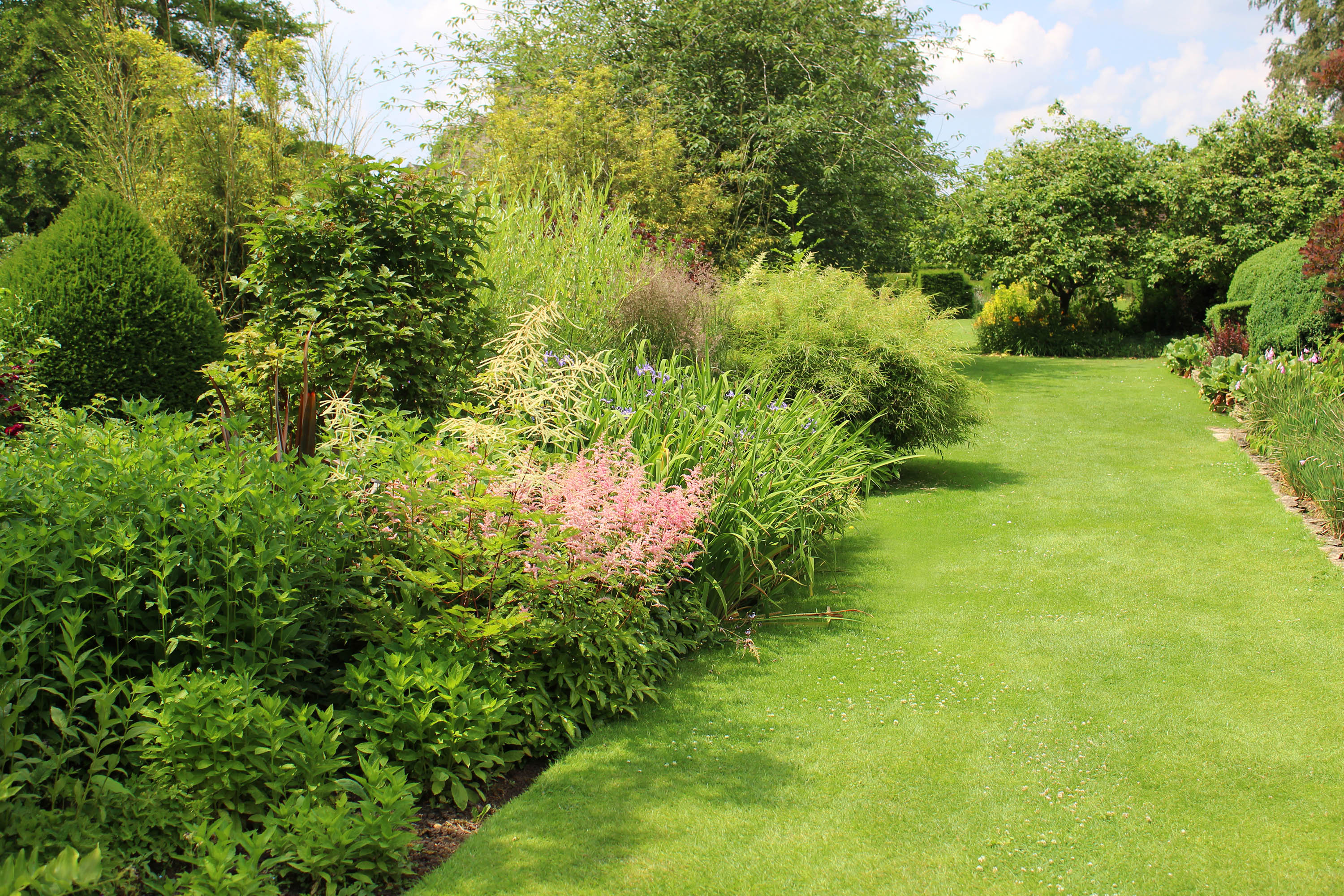This is how to get a perfect lawn, according to garden manager at Kensington Palace Gardens
If your lawn is currently less than perfect, trust the experts at Kensington Palace for this time-tested tip for keeping your grass pristine

If anywhere has the perfect lawn, then it surely is London's Kensington Palace Gardens. The publicly accessible gardens surrounding the royal residence are famous for their pristine, manicured look that's the envy of any gardener, royal or otherwise. But what if you could achieve this impeccable finish in your own garden?
While investing in the best lawn mower is one of the surest ways to keep your lawn in great shape, there's a little more to it than that. We've asked Graham Dillamore, Gardens Manager for Historic Royal Palaces at Kensington Palace, for his top tips for achieving the perfect lawn.

Graham works for Historic Royal Palaces, the independent charity that cares for the palace’s spectacular state apartments and formal gardens. Graham's main piece of advice when it comes to spring lawn care tips is to really take the effort to prepare your lawn for the heavier use it'll inevitably get in summer: 'Spike your lawn as much as possible and give it a good spring feed before the crowds arrive and don’t mow too short.'
Graham explains that the lawns at Kensington Palace Gardens often suffer from moss and thatch, 'caused by compacting of the soil': 'We host a lot of events on site –from outdoor cinema screenings to food festivals – but in a domestic setting everything from a paddling pool to a gazebo can be to blame.'
It's not just about preparation, however, but also ongoing maintenance throughout the summer if your lawn is seeing heavy traffic: after an event or party, 'spike again to relieve compaction and also drag a brush across the lawn to perk up the turf, which will get some air into the grass and freshen things up.’

Besides his lawn tips, however, Graham advises a holistic and sustainable approach to gardening more generally. He urges against the 'temptation to make significant and regular alterations in order to follow fashions or changing styles'. Instead, he recommends following the example of the 'gentle intervention' method used by Historic Royal Palaces: 'We can still enjoy specimens planted over 300 years ago in our gardens, and this is something that all gardeners – however small their plot – could consider when redesigning or replanting.'
It is heartening that so much of Graham's sound advice is aimed at helping people create an eco-friendly garden: purchasing plants from UK growers and suppliers 'where possible' and composting are his two main tips for a healthy, sustainable garden: 'Composting not only saves money but reduces the environmental impact'. All this approach require 'is a bit of patience' – but the rewards are long-term and significant. You can find out how to compost in our in-depth guide if you'd like to follow Graham's advice on becoming more sustainable.
So, if you were planning to do a substantial garden redesign, or changing the planting scheme in your garden, you may opt for small and gentle changes after reading Graham's advice. And if you want the perfect lawn – keep spiking!
Anna writes about interior design and gardening. Her work has appeared in Homes & Gardens, Livingetc, and many other publications. She is an experienced outdoor and indoor gardener and has a passion for growing roses and Japanese maples in her outside space.
